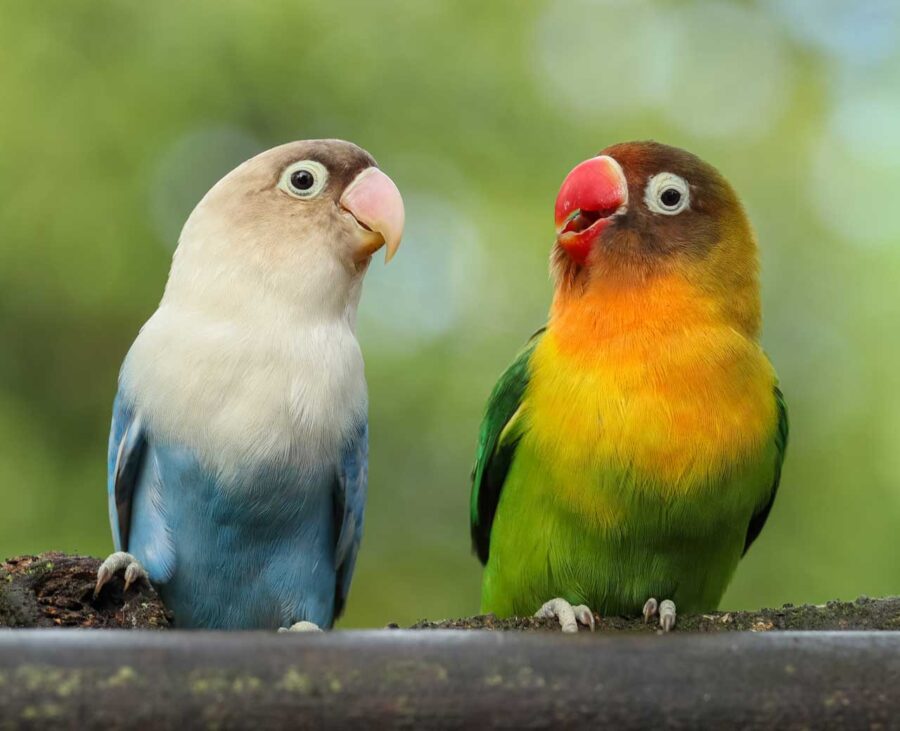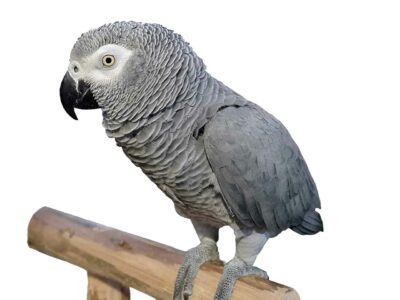
What to Consider Before Adding a Second Bird to Your Home
If you love owning a pet bird, you might consider bringing a second one into your home. While expanding your feathered family could be a rewarding experience for both you and your current bird, it’s important to put adequate thought and research into the decision. Here’s what to consider before bringing home your second avian companion.
Will Your First Bird Accept a New Companion?
As territorial creatures by nature, your current bird might not be thrilled about sharing their space, toys, or your attention. Some birds are more social than others, but even naturally flock-oriented species can feel threatened by a new arrival. Before deciding, think about your current bird’s personality, asking questions such as:
- Does your bird enjoy the presence of other birds (even at a distance)?
- Is your bird bonded closely with you—and might they feel jealous?
- Has your bird shown signs of aggression or reactivity around new stimuli?
Introducing a second bird doesn’t guarantee friendship between them. In fact, it’s best to assume that they may never be cage-mates—and you’ll need the time, space, and patience to manage that possibility.
Are You Ready for a Gradual Introduction?
Successful bird introductions don’t happen overnight. You’ll need to approach the process slowly and keep the birds separated at first, ideally in different cages and even different rooms. This quarantine period (typically 30–45 days) helps protect your existing bird from potential illness and gives the new bird time to adjust. Even after quarantine, introductions should be supervised and slow, allowing each bird to observe and get used to the other from a safe distance. Expect to spend several weeks (or longer) working on:
- Gradual cage proximity
- Supervised playtime in a neutral territory
- Watching for any signs of stress, aggression, or territoriality
Some birds may become friends quickly, while others may tolerate each other without bonding—and that’s okay.
Do You Have the Space and Time for Two Birds?
Every bird deserves their own space. Even if your ultimate goal is for your birds to share a cage, they should each have their own setup at first. This should include:
- Two cages (with appropriate sizes and perches)
- Separate feeding stations and toys
- Time out of the cage for both birds—ideally without sacrificing the quality of individual attention
Keep in mind that having two birds doesn’t mean they’ll automatically entertain each other. You may find that you need to double your enrichment efforts to prevent boredom or jealousy.
Are the Species Compatible?
Certain bird species are more likely to get along than others. Similar size, temperament, and energy levels can make cohabitation easier—but it’s not a guarantee. A highly energetic conure may overwhelm a quieter cockatiel, for example. And large parrots should never be housed with small ones, as accidental injury is a serious risk.
If you’re unsure, talk with an avian veterinarian or experienced bird behaviorist before choosing a second bird. They can help you assess whether the species (and personalities) are likely to mesh.
How Will the Dynamic Affect Your Bond?
Adding a second bird can shift the way your first bird interacts with you. Some birds become less interested in human interaction when they bond with another bird, while others become more jealous and possessive. It’s important to continue giving your original bird plenty of one-on-one time and reassurance. If both birds are bonded to you, try to balance your attention and create routines where each gets your undivided focus.
Are You Prepared for the Long-Term Commitment?
Two birds mean double the care, double the expenses, and potentially, double the noise! Veterinary costs, food, cleaning, and enrichment will all increase with multiple birds. By bringing an additional bird into your home, you’ll be making a long-term commitment—not just to each bird individually, but to managing their relationship over time. Flocks change, and even bonded pairs can fall out or require separation later.
Is a Second Bird Right for You?
Adding a second bird to your home can bring even more joy, enrichment, and companionship—but it’s not the right choice for every bird or every household. The most important thing you can do is plan ahead and be honest with yourself about what your current bird needs, and what you’re ready to take on. With time, patience, and care, you can help both birds feel safe and supported in their home—whether they become best friends or simply happy neighbors.
Thinking about adding a second (or subsequent!) pet bird to your flock? Take our bird matchmaker quiz to identify types that might be a good fit, or check out our locator tool to find birds available for sale or adoption in your area!





